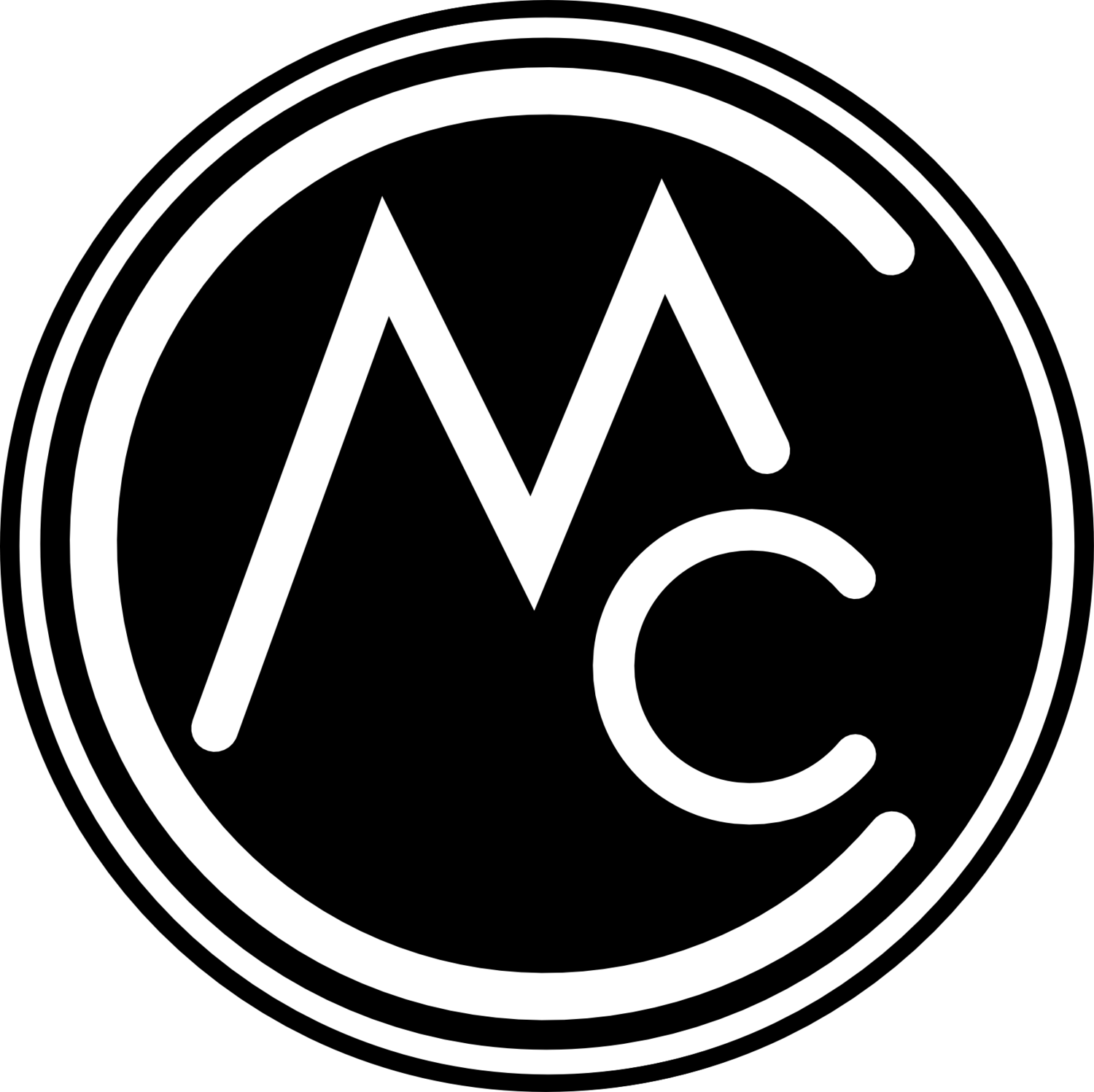“You can learn from the past but you can’t continue to be in the past, History is not a substitute for imagination” – Frank Ghery
Like most cities, in my community, Waco, TX, there are beloved iconic structures that define our place. But it’s been a long time. The built environment, probably more than any other thing is something we reflect on to remind us of where we came from and how things used to be… but what about where we’re going?
Someone said that architecture is important because it helps us remember. As much as it defines our past, design of the built environment should also shape our future.
There’s a dichotomy at play in the urban development world that doesn’t seem to be discussed very frequently. The balance between preservation and innovation. Preserving a structure that is historically or architecturally relevant is important, but many times we focus our energy on bringing back the past instead of building the next iconic structure or place. I recently asked a local historic preservationist and advocate, “When was the last time our community built a structure that will be celebrated into the future?” Long story short he couldn’t answer.
We treasure important things from the past but we tend not to build them today and I don’t understand that. I guess you could argue that the reason we rarely build important things anymore is that the values of utility and impermanence have invaded the zeitgeist. Today we live in a culture of instant and disposable everything. Perhaps this is a motivating factor to historic preservationists. Since we don’t build many important things today, we are naturally inclined to hang on to those few remaining, relevant structures.
How do we reconcile this contemporary ethos and at the same time aspire to build great places? Easy, while architecture defines a place, it doesn’t create it. I’ve said it countless times and I’ll say it again. People make place.
In my mind, this is one of the most important values of both the development business and historic preservation, particularly in urban areas. The way we designed and built places in the past, we oriented them toward people. Small blocks, multi-modal pathways, public plazas…the common element was understanding how the space is used and integrating that understanding by designing an active space. Today the common element is exactly the opposite as we orient our design thesis toward getting people in and out of a space quicker and easier.
Sure, urban areas are scaled to lend themselves to historic renovation, but there are also abundant opportunities to build new great spaces in downtowns across the country. Instead we tend to take those spaces and put up something disposable. We treasure and put mechanisms in place to protect old buildings and say, “They don’t make them like that anymore” In the same breath cities all over the country will incentivize new construction with 99 year ground leases and allow structures to be designed at suburban scales with a practical life of 25 years. Short Sighted? Maybe. Is there a better way? Most definitely… build something important… Build something for people.
